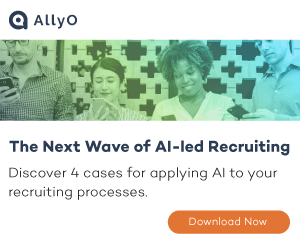Best HR Software for Healthcare Organisations
EmployeeConnect
MAY 18, 2025
Must- Have HR Software Features for Healthcare Organisations If your healthcare organisation has over 200 employees, you need more than a basic system. You need a scalable, secure, and healthcare- aware HRIS platform. Integration with payroll software or a unified HR/ payroll solution reduces errors and administrative overhead.























































Let's personalize your content